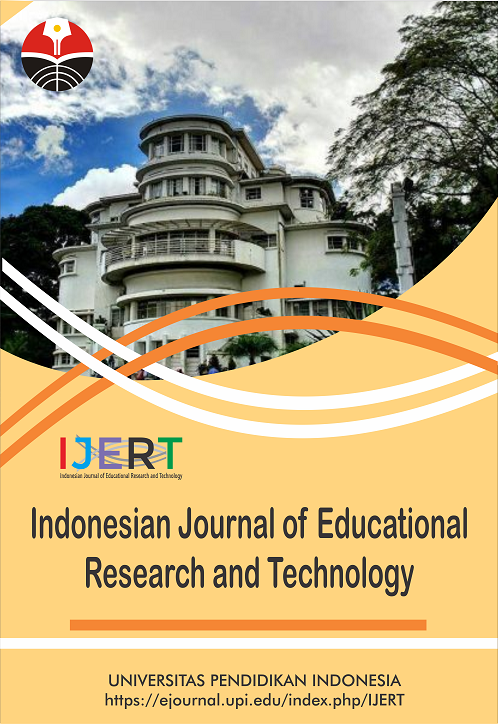Physical Fitness Status of Male, and Female Non-Athlete in Nigeria
Abstract
Keywords
Full Text:
PDFReferences
Burtscher, J., Burtscher, M., and Millet, G. P. (2021). The central role of mitochondrial fitness on antiviral defenses: An advocacy for physical activity during the COVID-19 pandemic. Redox Biology, 43, 101976.
Caldwell, H. A., Di Cristofaro, N. A., Cairney, J., Bray, S. R., and Timmons, B. W. (2021). Measurement properties of the physical literacy assessment for youth (play) tools. Applied Physiology, Nutrition, and Metabolism, 99(999), 1-8.
Douglas, K. A., Collin, J. L., Warren, C. and Kann, L. (1997). Physical fitness. Journal of College Health, 46, 55-66.
Galderisi, S., Heinz, A., Kastrup, M., Beezhold, J., and Sartorius, N. (2015). Toward a new definition of mental health. World Psychiatry, 14(2), 231.
Metter, E. J., Talbot, L. A., Schrager, M., and Conwit, R. (2002). Skeletal muscle strength as a predictor of all-cause mortality in healthy men. The Journals of Gerontology Series A: Biological Sciences and Medical Sciences, 57(10), B359-B365.
Ortega, F. B., Artero, E. G., Ruiz, J. R., España-Romero, V., Jiménez-Pavón, D., Vicente-Rodríguez, G., and Castillo, M. J. (2011). Physical fitness levels among European adolescents: the HELENA study. British Journal of Sports Medicine, 45(1), 20-29.
Sacheck, J. M. and Kuder, J. F. (2010). Decline in physical activity. Journal of Medicine Science Sports Exercise, 42, 1039-1044.
DOI: https://doi.org/10.17509/ijert.v2i2.40982
Refbacks
- There are currently no refbacks.
Copyright (c) 2021 Universitas Pendidikan Indonesia

This work is licensed under a Creative Commons Attribution-ShareAlike 4.0 International License.







.png)




